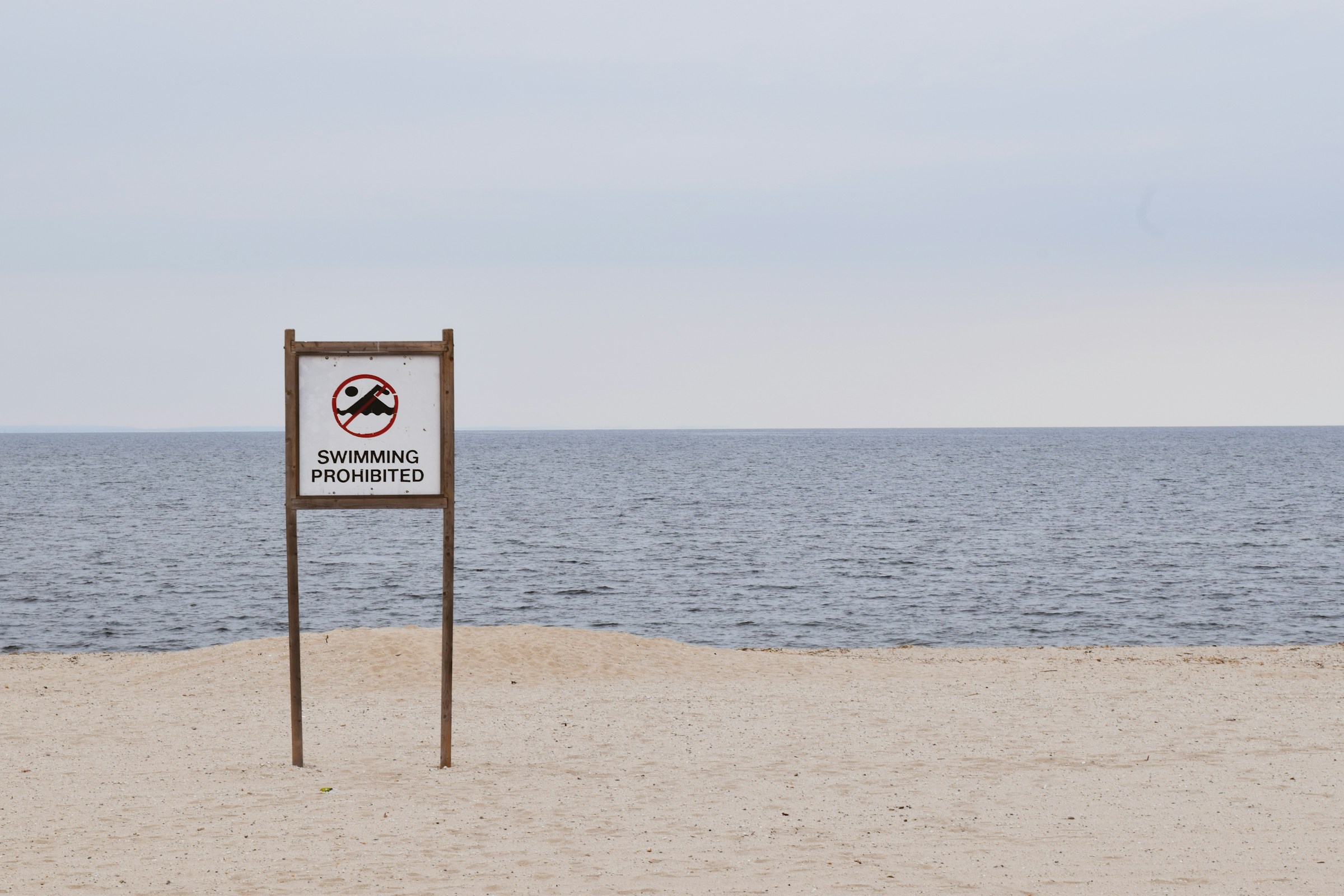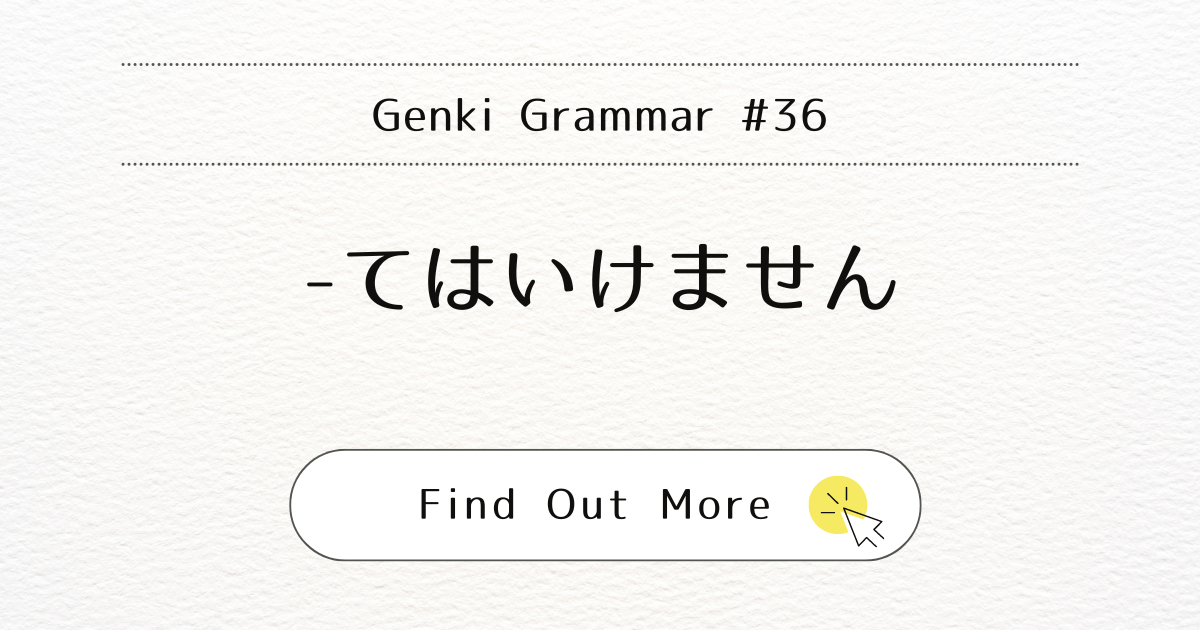
Introduction
In this post, we will learn how to use the -てはいけません (- te wa ikemasen) to express strong prohibitions in Japanese. This form is commonly used in rules and regulations to tell someone that they must not do something.
What It Means
The -てはいけません (- te wa ikemasen) means “you must not do…” and is used to give strong prohibitions. It is often seen in formal situations where rules need to be followed.
When You Use It
Use -てはいけません (- te wa ikemasen) to tell someone that an action is prohibited. It is used in both spoken and written contexts, such as signs, rules, and regulations.
Examples
ここでたばこを吸ってはいけません。(Koko de tabako o sutte wa ikemasen.) – You must not smoke here.
Note
If someone asks for permission and you want to deny it, you can use てはいけません (- te wa ikemasen). However, this can sound very harsh unless you are in a position of authority. In a later post, we will learn a softer way to say “please don’t” using -ないでください (- naide kudasai).
Conclusion
Using -てはいけません (- te wa ikemasen) is an effective way to express strong prohibitions in Japanese.



